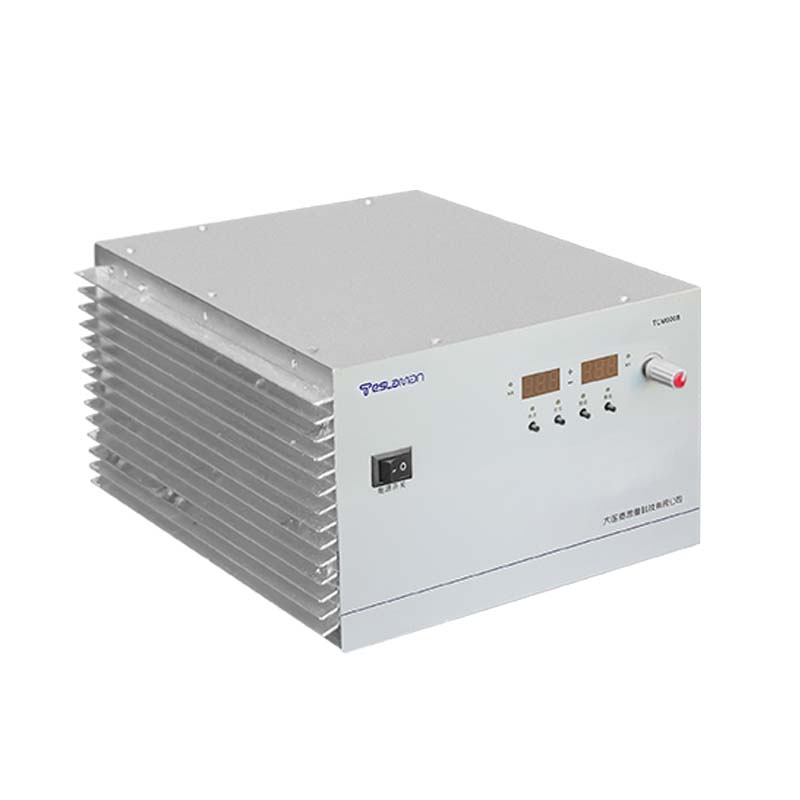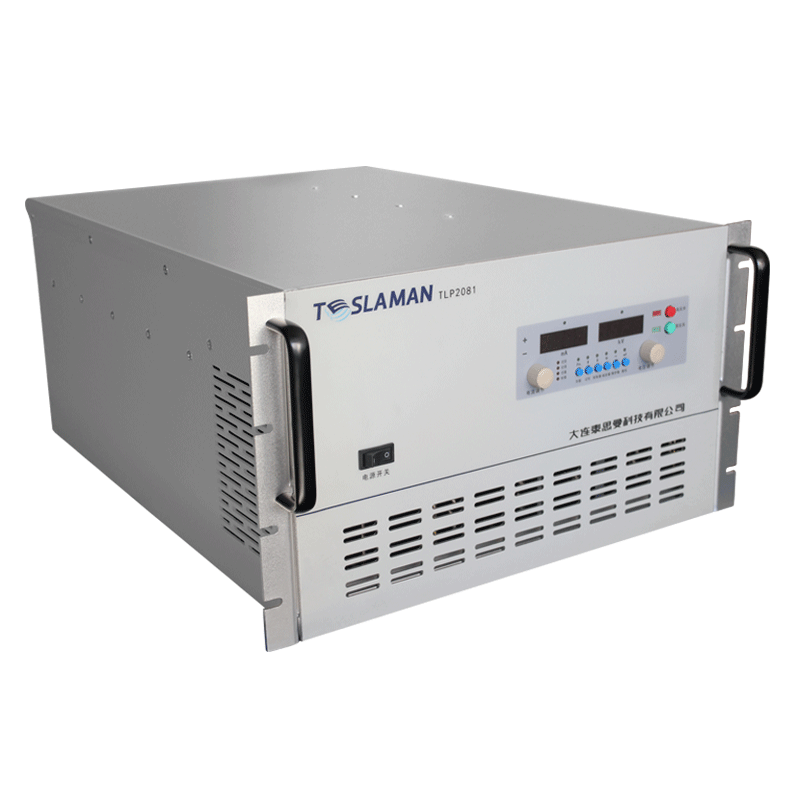Detection Limit of High-Voltage Power Supplies for Microchannel Plate Detectors
In cutting-edge scientific fields such as particle physics experiments and space ray detection, microchannel plate detectors have become core devices for capturing weak signals due to their high sensitivity and fast response characteristics. As the energy source that drives the operation of microchannel plates, the performance of high-voltage power supplies directly determines the detection limit of the detectors, affecting the accuracy and reliability of scientific research data.
The working principle of microchannel plate detectors is based on secondary electron emission and electron multiplication effects. High-voltage power supplies apply high voltages across both ends of the microchannel plate. When charged particles or photons strike the inner wall of the channels, secondary electrons are excited. These electrons are accelerated along the channels under the action of a strong electric field and continuously impact the inner wall to generate more electrons, achieving avalanche-like electron multiplication and ultimately forming detectable electrical signals. During this process, the stability of the output voltage, the magnitude of the ripple, and the dynamic response capability of the high-voltage power supply have a decisive influence on the electron multiplication efficiency and the signal-to-noise ratio, thereby restricting the detection limit of the detector.
The factors influencing the detection limit of high-voltage power supplies for microchannel plate detectors are complex and diverse. Firstly, power supply ripple is a key limiting factor. Even a small ripple voltage superimposed on the operating voltage can cause fluctuations in the electric field strength within the microchannels, leading to random fluctuations in the electron multiplication process, increasing background noise, reducing signal resolution, and limiting the ability to detect weak signals. Secondly, the dynamic response speed of the power supply is crucial. When the signal intensity in the detection environment changes rapidly, if the high-voltage power supply cannot adjust the output voltage in a timely manner to meet the electron multiplication requirements, signal saturation or loss will occur, affecting the detector's ability to detect signals with a wide dynamic range. In addition, the temperature stability and electromagnetic compatibility of the power supply cannot be ignored. Temperature changes can cause parameter drift of internal components of the power supply, affecting the accuracy of the output voltage; external electromagnetic interference may be coupled into the power supply circuit, interfering with the normal operation of the microchannel plate and reducing the detection performance.
To break through the detection limit of high-voltage power supplies for microchannel plate detectors, approaches can be taken from both power supply design and system optimization. In terms of power supply design, low-ripple and highly stable topologies are adopted, combined with multi-stage filter circuits and high-precision voltage regulation technologies to suppress the ripple to the lowest level. Advanced digital control algorithms are introduced to achieve real-time monitoring and dynamic adjustment of the output voltage, improving the dynamic response speed of the power supply. At the system level, a closed-loop feedback control mechanism is constructed. By monitoring the characteristic parameters of the detector's output signal in real-time, the output of the high-voltage power supply is adjusted accordingly to achieve precise control over the operating state of the microchannel plate. Meanwhile, strict electromagnetic shielding is designed for the power supply, and components with excellent temperature resistance are selected to reduce the impact of environmental factors on the power supply performance.
With the continuous advancement of technology, improving the detection limit of microchannel plate detectors by optimizing the performance of high-voltage power supplies will provide more powerful technical support for scientific research in fields such as high-energy physics and astronomical observations, driving scientific exploration in cutting-edge fields to new heights.




















